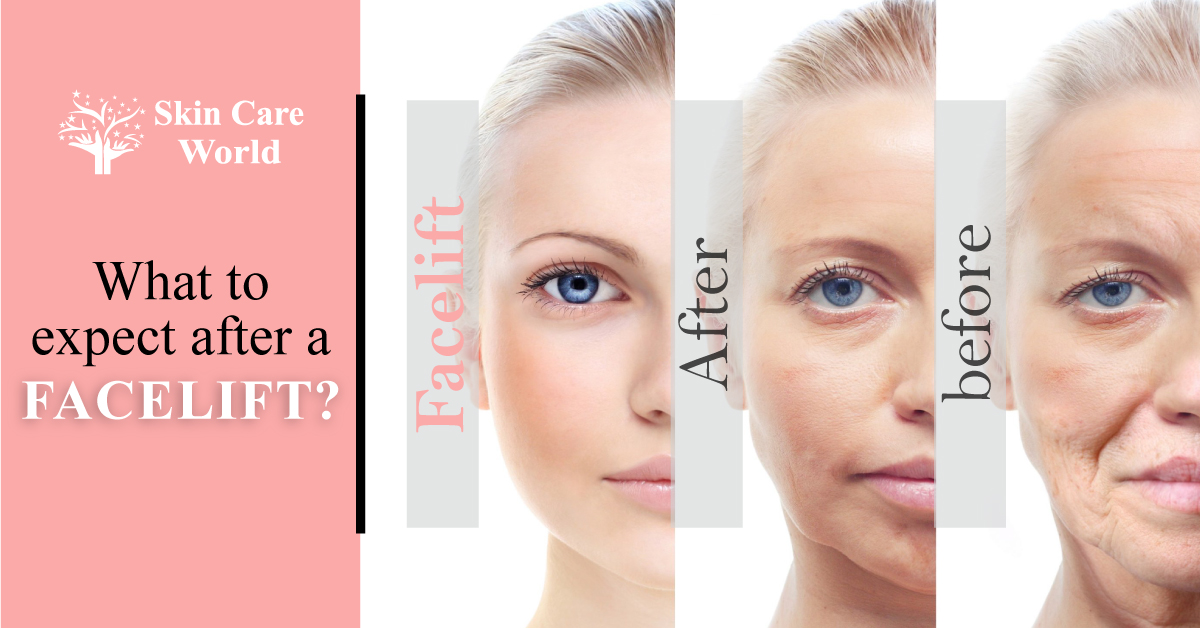
A facelift, sometimes called rhytidectomy, is a surgical operation that tightens and elevates the facial tissues.
Excess skin is removed, smoothed are wrinkles out, and facial tissue is tightened during a facelift. It does not include a brow or eye lift, though these procedures may be performed concurrently.
A facelift solely addresses the lower two-thirds of the face, as well as the neck and décolletage. One of the most prevalent reasons is to hide indications of skin ageing.
The following people are good candidates for a facelift:A double board-certified plastic surgeon and the founder of Private Practice Skincare, there are numerous types of facelifts.
These terminologies are ambiguous, a board-certified plastic surgeon at 740 Plastic Surgery. Surgeons may use different names.
Patients should tell their surgeon the area they want to focus on, such as the lower face, rather than a specific phrase for their facelift.
Your physician will customize your operation to meet your unique needs, such as a mini-facelift for minor touch-ups or a more traditional facelift.
Most significantly, you\'ll require an approved insurance provider to assist with payment and a surgeon who comes highly rated.
You\'ll be given some sedative or local anaesthetic to numb the discomfort before the operation begins. General anaesthesia may be used to make you unconscious in several instances.
An incision is made in the hairline near the temples, continuing down behind the ears, as is customary. The incisions are intended to match your hairline and face structure as much as possible.
The underlying tissue is redistributed and tightened, and any extra skin or fat is relocated or eliminated.
After the operation, your doctor will prescribe pain medication and tell you when to remove any dressings and return for a follow-up appointment.
It would help if you waited a few weeks before returning to normal activities, but your skin may not feel normal for several months.
When it comes to personal care, you should avoid excessive sun exposure, use soft face washes, and attempt to avoid damage whenever possible. This entails using cold compresses and keeping an eye on your skin for any changes.
Because facelifts are considered aesthetic procedures, they are unlikely to be covered by insurance.
You should check with the American Board of Plastic Surgery or the American Board of Facial Plastic and Reconstructive Surgery to see if your surgeon is board qualified. This assures that specific educational, professional, and best-practice standards are met.
This could to be a wonderful place to start if you have friends or family members who have had facelifts. Inquire about their satisfaction with their surgeon. Do your homework. Make sure you find a doctor with whom you feel at ease.
You might wish to consult with a few different plastic surgeons to acquire second and third views. A well-informed judgement is a wise one.
A facelift is a cosmetic operation that involves the removal of extra skin, the smoothing out of folds and wrinkles, and the tightening of facial tissue. A facelift isn\'t medically necessary, and it comes with hazards. It\'s critical to remember vital preparation and recovery steps. If you\'re considering a facelift, speak with a board-certified plastic surgeon to discover if it\'s the best procedure for you.

